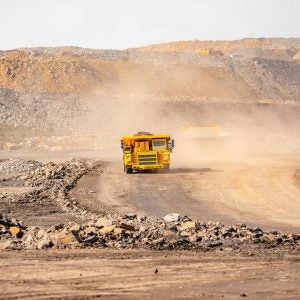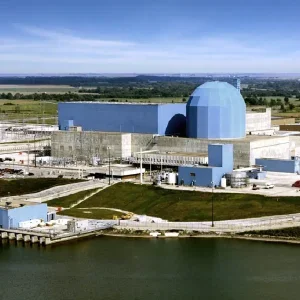In April 2009, ONGC wrote to the petroleum ministry saying it wants to surrender its 30% interest in the block RJ-ON-90/1 unless the government repays the royalty it has to pay on behalf of Cairn India, a senior company official said.
Royalty of 20 per cent has to be paid to the government on the price Rajasthan crude may get. At $40 a barrel, the royalty for 6 million tonnes a year of average output works out to $352 million (Rs 1,760 crore), senior company said.
ONGC has to bear 30% of the $2.4 billion cost of developing the fields and pay thrice its share of $105 million royalty. Also Cairn India wants ONGC to pay even its share of INR2,500 per tone cess levied on crude oil (INR150 billion yearly).
The project with these levies does not make economic sense to us, senior company said, adding ONGC wants Cairn India to repay all the spending it has put in with a reasonable rate of return.
If ONGC relinquishes its share, Cairn India’s shareholding will increase from 70% to 10%.
The board of ONGC has held back clearance to the revised development cost of the Rajasthan fields proposed by Cairn India, the official said.
Our board wants more information from Cairn on doubling of the development cost to $2.4 billion, senior company said, adding that this cost was apart from the $900 million cost for laying a pipeline from Barmer district in Rajasthan to the Gujarat coast for transporting the crude to users.
We have told them (the government) that either reimburse us the royalty or free us from the field, senior company said.
On cess, ONGC said that both partners have to bear it in proportion to their shareholding. Its stand has been backed by the Law Ministry as well as by the Petroleum Ministry but Cairn India insists that it has no liability for paying any of these statutory levies.
If ONGC is to bear the cess, we will have to pay an additional Rs 1,500 crore per annum, the official said.






